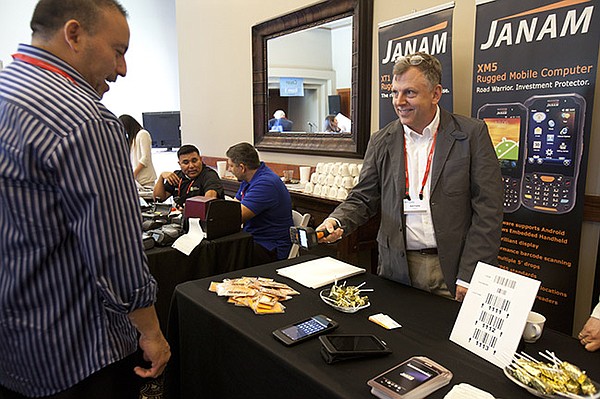Only a short time ago, the value that brands provided to consumers was chiefly two things – familiarity and consistency. Shoppers had so little access to objective information about products and services that, amid a field of unknown and untrusted alternatives, a familiar brand logo, jingle or tag line provided the much-needed cognitive shorthand to help them confidently choose. If you were a traveller in a strange city, you needed only to find a familiar Hilton, Marriott or Holiday Inn logo to have a consistently predictable experience. If you were shopping for beer, you knew what to expect from Budweiser or Miller – there were no surprises. Familiar and predictable, that’s what consumers wanted from brands and that’s exactly what many big brands gave them.
All this has now changed. Shoppers are no longer blind to their options. With a couple of taps of their smartphone they can gather an immediate and even geospatial understanding of product and service alternatives available to them in the moment. Moreover, they can easily evaluate those alternatives by seeing what others think. They can take virtual tours of stores, restaurants and hotels, watch videos of products and services. They can be completely and objectively informed in a way that was unimaginable only 20 years ago
Consequently, shoppers – especially young shoppers – are no longer as dependent on brands to serve as familiar shortcuts to a decision. Now, the same traveller in a strange city can just as easily use their mobile device to find an outstanding boutique hotel to stay in. The beer drinker can quickly gather online recommendations to learn what local craft beers are popular. Instead of deferring to the familiar and predictable, the shopper can confidently venture out to discover the new and exciting in a risk-free way.
The New Value Of Brands
So, if we no longer need brands to be beacons of familiarity and predictability, then what do we expect of them? I believe that now, more than ever, we need brands to be innovators, always working to push us out of our comfort zone by offering new products, new experiences and new services that interest or excite us. We now look to brands to catalyze change…constant change.Some brands seem to implicitly get this. Starbucks, for example, is constantly introducing new products, services, technologies and store concepts into their model. Just when it seems they might become predictable, they introduce something new to stoke our interest and augment the brand’s appeal.
Amazon too is continually proffering new services, devices, concepts and products. And while some are quick to point at Amazon’s failures, like Fire Phone for example, I would argue that even those failures can and should be counted as strategic victories because, if nothing else, they reaffirm their position as an innovator.
Even 114-year-old Nordstrom is constantly moving its customers along a continuum of innovation like its recently introduced shop by text program. While it would certainly be easier for Nordstrom to rest on its legendary laurels of superior customer service, it clearly recognizes that its role as a major brand lies in innovating beyond the familiar.
Other brands, however, like Volvo, McDonalds, Abercrombie & Fitch and Macy’s – to name only a few – have chosen to stick to the path of familiarity and dependability. They have also suffered the consequences of doing so, with poor sales and declining customer loyalty.
Making The Cut
So, do brands still have value in the digital age? Certainly they do. But that value no longer lies in faithfully delivering the familiar but rather in revealing the unknown; to no longer be predictable but rather to be constantly surprising.For most major brands this will require a complete organizational re-wiring – a top-to-bottom overhaul of their people, their beliefs and their manifesto and above all, a willingness to risk. This isn’t easy. In fact, it very often proves impossible for organizations to alter the D.N.A that got them where they are. But in a world of one-touch discovery, a relentless pursuit of quantum innovation is the only alternative brands have left.
To View Original Article: http://www.retailprophet.com/blog/the-future-of-brands-in-a-one-touch-world/




